hillside problem; cannot hold amendments
chueh
15 years ago
Featured Answer
Sort by:Oldest
Comments (12)
catkim
15 years agoRelated Professionals
Ashburn Landscape Architects & Landscape Designers · Allentown Landscape Contractors · Euclid Landscape Contractors · Florham Park Landscape Contractors · Morrisville Landscape Contractors · North Haven Landscape Contractors · Stallings Landscape Contractors · Tinton Falls Landscape Contractors · Markham Decks, Patios & Outdoor Enclosures · Rosemont Decks, Patios & Outdoor Enclosures · Watauga Decks, Patios & Outdoor Enclosures · West Bend Decks, Patios & Outdoor Enclosures · West Palm Beach Decks, Patios & Outdoor Enclosures · Centerville Stone, Pavers & Concrete · Redlands Swimming Pool Builderschueh
15 years agocatkim
15 years agojoepyeweed
15 years agochueh
15 years agoken_mce
15 years agocatkim
15 years agochueh
15 years agoDYH
15 years agopetzold6596
15 years agochueh
15 years ago
Related Stories

GARDENING GUIDESGarden Myths to Debunk as You Dig This Fall and Rest Over Winter
Termites hate wood mulch, don’t amend soil for trees, avoid gravel in planters — and more nuggets of garden wisdom
Full Story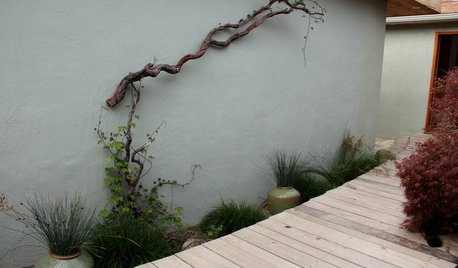
DECORATING GUIDESSee How Wabi-Sabi Can Bring Harmony and Beauty to Your Home
Create your own wabi-style style with beautifully weathered, humble materials around the house
Full Story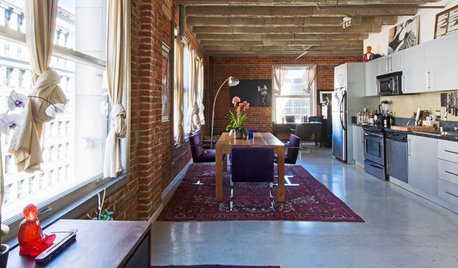
LOFTSHouzz TV: Love and Loft Life in Downtown L.A.
Skyscraper views, exposed brick and the buzz of city life create a rich environment for a creative couple and their French bulldog, Oliver
Full Story
FALL GARDENING5 Ways to Put Fall Leaves to Work in Your Garden
Improve your soil and yard the organic way with a valuable garden booster that grows on trees
Full Story
LANDSCAPE DESIGNIs It Time to Consider Fake Grass?
With more realistic-looking options than ever, synthetic turf can be a boon. Find the benefits and an installation how-to here
Full Story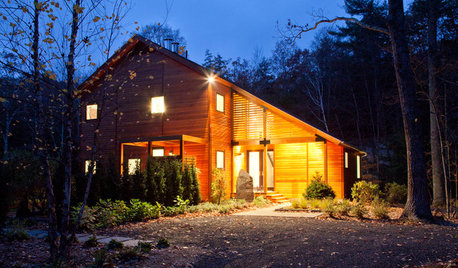
CONTEMPORARY HOMESHouzz Tour: Strong, Modern Lines Stand Up to the Trees
Modernism takes kindly to the New York woods, with double-height ceilings for openness and a burbling creek for music
Full Story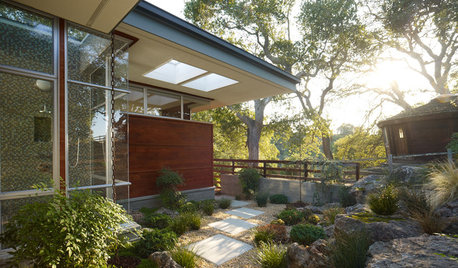
LANDSCAPE DESIGNSoak It Up: How to Manage Stormwater in Your Landscape
Permeable paving, gravel beds and planted areas in your yard can absorb and cleanse stormwater runoff. Here's how it works
Full Story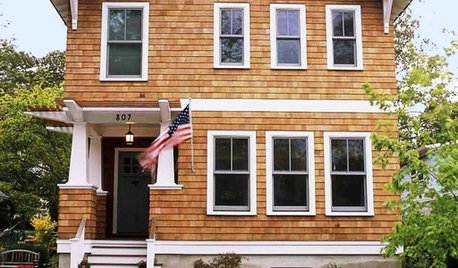
MOST POPULARDecorate With Intention: 12 Remodeling Sanity Savers
When the idealistic visions subside and reality sets in, these tips can help keep your spirits up and your work on track
Full Story
ARCHITECTURE15 Smart Design Choices for Cold Climates
Keep your home safe and comfortable in winter by choosing the right home features and systems
Full Story
LANDSCAPE DESIGNHow to Move Water Through Your Landscape
Swales, underground pipes or a mix of both: There’s more than one way to distribute water in the garden
Full StoryMore Discussions






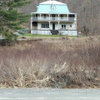



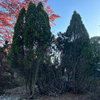
joepyeweed